You can change lenses on system cameras, but which lenses do I need for my travel camera – and how many?
Page Contents (click line to jump the text)
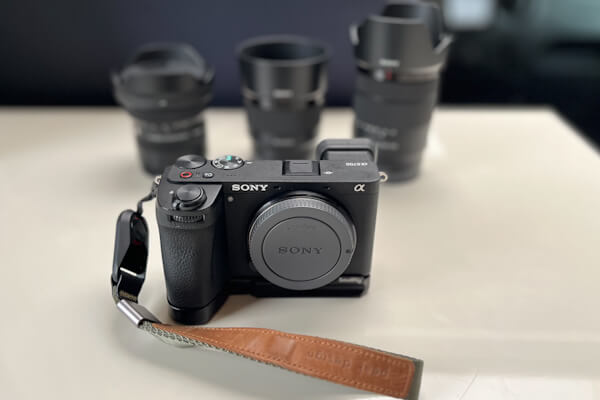
Intro
Oh dear, the answer is as varied as the needs of different photographers… But we can at least bring a bit of structure to the subject.
If you look at professionals, they often have an extensive collection of lenses and take the ones they are most likely to need with them on every assignment or trip. This can also be very extensive equipment that they then take on their travels.
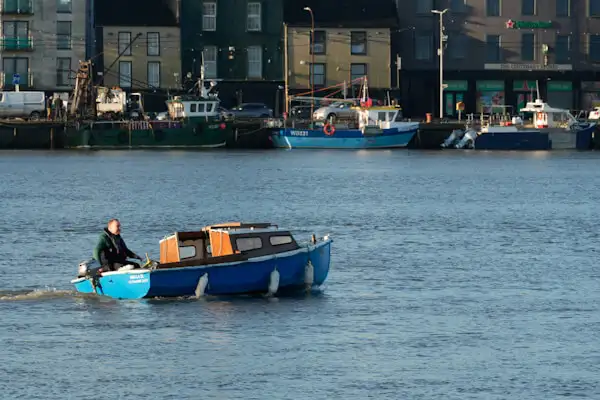
As hobby photographers and amateurs, we can leave the church in the village a little more. But for us, it’s nice to have a suitable selection. It’s not for nothing that you can change the lenses on system cameras so that you can take different lenses for different purposes.
Let’s first take a look at the different purposes or requirements and then I’ll tell you about the right lenses for each.
Similar focal lengths and apertures
Let’s talk briefly about focal lengths and sensor sizes. I’ll only refer to full-frame focal lengths below, because that’s the reference size that’s commonly used.
If you have a camera with a smaller sensor, you can easily convert this with a factor. An APSC camera usually has a factor of 1.5 (1.6 for Canon).
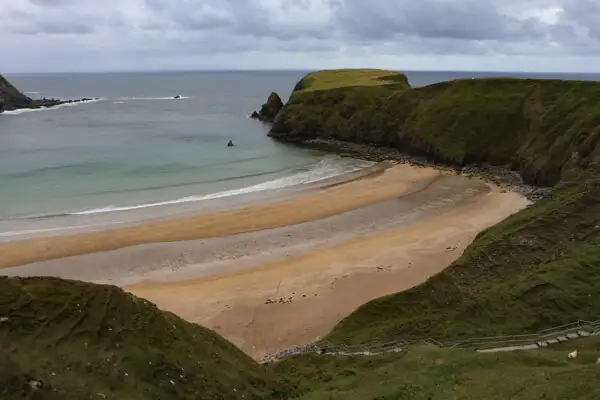
A lens with a focal length of 50mm in APSC format corresponds to a lens of approximately 50mm x 1.5 = 75mm in full format. With Micro-Four-Thirds (MFT) the factor is 2, an MFT lens of 50mm corresponds to about 100mm in full format.
Or the other way round: If I talk about a 24mm full-frame wide-angle lens, then this is roughly comparable to a 16mm APSC lens or a 12mm MFT lens. They all have a comparable image section, but a sensor of a different size.
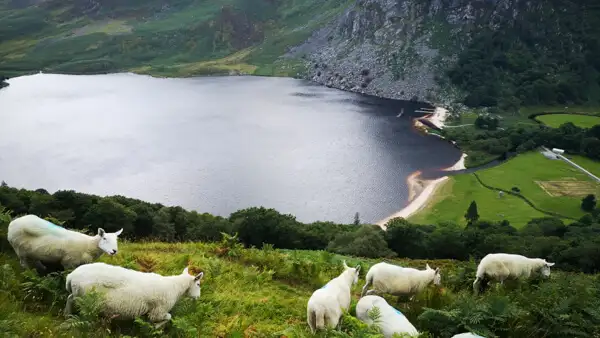
Let’s quickly talk about the apertures. A 50mm f1.8 lens has a focal length of 50mm and a maximum open aperture of f1.8, so it is very fast.
A zoom 28-70mm f3.5-5.6 has a focal length range of 28mm to 70mm. At 28mm it has a maximum aperture of 3.5 and at 70mm it has a maximum aperture of 5.6. At the focal lengths in between, the aperture is somewhere between 3.5 and 5.6. This zoom is slower than the fixed focal length mentioned above.
Wide angle, standard- and telephoto lenses
A normal lens reproduces reality approximately as we see it with our eyes. There is no distortion or compression and all proportions appear very natural. This is the case with a focal length of around 45-50mm (50mm in full format, 33mm APS, 25mm MFT).
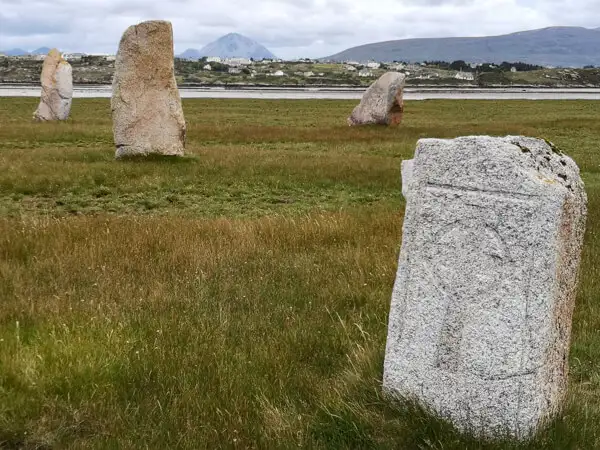
A telephoto lens is practically a pair of binoculars, it has a narrower field of view and objects that are further away can be magnified. There is an optical compression effect, so that objects or faces appear somewhat wider than usual. A typical light telephoto in the portrait range is, for example, the 85mm. A typical telephoto zoom for many situations is, for example, 70-200mm.
A wide-angle lens does the opposite, it has a wide image section and shows a lot of width and height on the image. This allows you to get as much as possible in the picture, for example in confined spaces, but also in landscape photography.
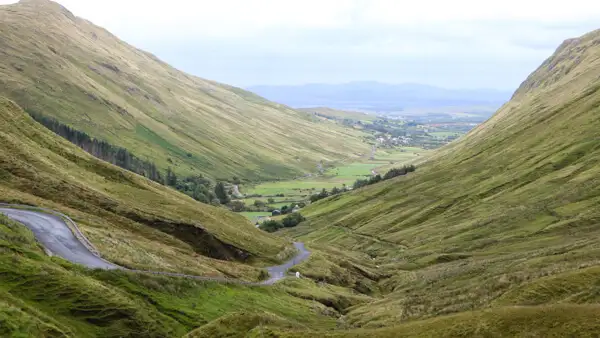
Objects may appear somewhat distorted and faces may appear narrower than they actually are. Typical wide-angle lenses are, for example, the 24mm or the 28mm. Smartphones usually have a standard lens comparable to a 26-28mm (in full format).
A super wide angle is even wider than a wide angle, for example 16mm. This is often used in confined spaces or very wide landscapes (then with interesting foregrounds).
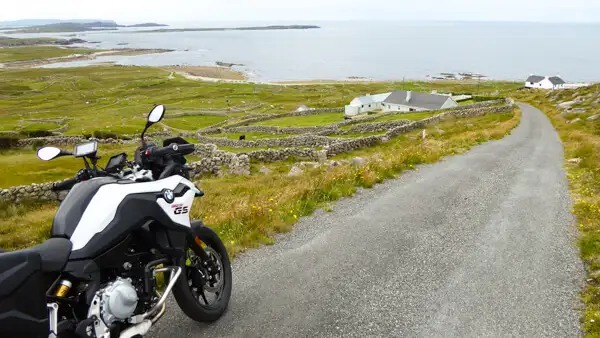
A super-tele is even more ‘binoculars’ than a telephoto lens, for example 500mm. Wildlife photographers use such super-teles to be able to take large enough pictures of small animals, such as birds, at a greater distance.
Macro lenses: Now we’re more on the specialist side, but if nature photography is your thing when travelling, you may want to invest in a macro lens that allows you to take large pictures of small objects (flowers, mushrooms, insects, etc.). These are available in different focal lengths, usually as a light telephoto.
Prime lenses and zoom lenses
A fixed focal length has only one focal length, for example 35mm or 50mm. Some photographers prefer fixed focal lengths because they can be built to be particularly fast. In addition to use in the dark (astro/stars), a wide-open aperture leads to a blurred foreground or background, which is a favourite of portrait photographers. The fixed focal length is more of a specialist.
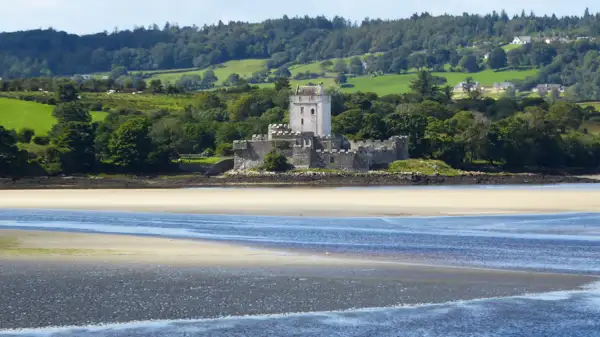
In contrast, a zoom is a generalist because it offers a wide range of focal lengths, for example a 24-105mm zoom ranges from wide-angle to normal to telephoto and is therefore very suitable for many situations when travelling. The only disadvantage is that zooms are generally less fast than fixed focal lengths. However, as modern camera sensors work very well with low light nowadays, this plays a much smaller role than it used to.
Kit lenses are generally handy zooms with medium focal lengths ranging from a slight wide-angle to a slight telephoto. They are sold as a kit or in combination with the camera and are then comparatively cheap in these combi offers. They are usually not very fast, which is no longer a major issue with today’s light-sensitive sensors. However, they lack bokeh, if that is important.
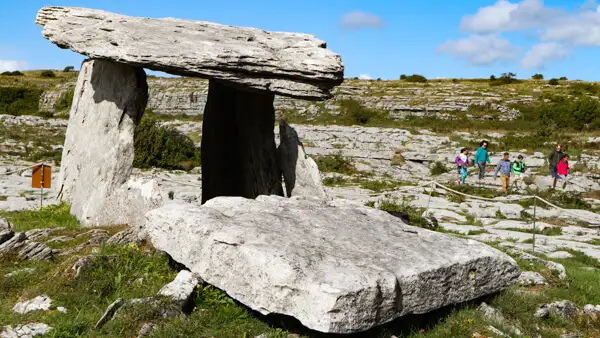
Whereas in the past kit lenses often had the reputation of being of inferior quality, the kit lenses of recent years have become significantly better and even very good. I can therefore highly recommend amateur photographers (like myself) to buy a medium kit zoom directly with the camera. Typical kit lenses can be, for example: 28-70mm in full format, 16-50mm for APSC or 12-32mm for MFT.
In my opinion, zooms are more suitable for travelling than fixed focal lengths for most of us because they are more flexible. However, a fixed focal length can be a good addition to your lens set if that’s what you want.
The pro-“holy trinity” of zoom lenses
Many professional photographers of various specialisations say that they take about 70-80% of all their photos with a 24-70mm f2.8. This is a medium and fast zoom. The rest they take with a telephoto zoom 70-200mm f2.8 and a wide angle zoom 16-35mm f2.8. These three together are the ‘holy trinity’ of many professional photographers who can cover a lot of situations with them.
These professional 2.8 lenses are fast, large, heavy and expensive. For us amateur photographers, there are significantly cheaper variants that are somewhat slower and still very good for amateurs in terms of quality.
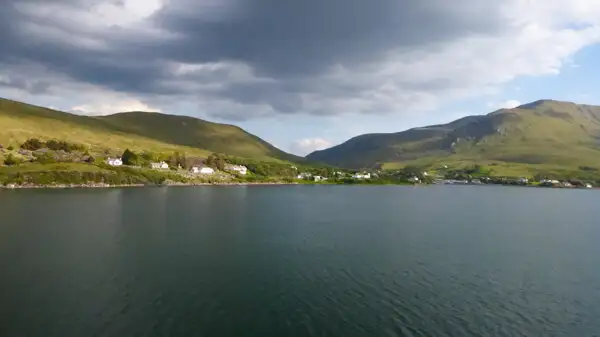
A “travel-trinity” for amateur photographers
We can take up the idea and start with a zoom lens in the medium range, from a slight wide-angle to a slight telephoto. For example, a 28-75mm f2.8 for full-frame, 18-50 f2.8 for APSC and 12-35 f2.8 for MFT. These are available in the medium price range and are still very good quality – and fast too! We will be able to take most of our photos with it.

Then we supplement this with a telephoto zoom with 70-300mm, f3.5-6.3. in full format, 55-200mm for APSC or 40-150mm for MFT. This allows you to go far into the mountains, separate details and also photograph the occasional African safari. It is less fast, but compact enough in the medium price range.
And then there’s an ultra wide-angle zoom with 17-28mm f2.8 for full-frame, 10-18mm f2.8 for APSC or 9-18mm f2.8 for MFT. You can use it to capture epic landscapes with a mysterious foreground, or to photograph the church or castle in full size, or the stucco dome from the inside. In general, you are well dressed with this lens in all interior spaces and it is also fast enough for the occasional image of the starry sky or the Milky Way.
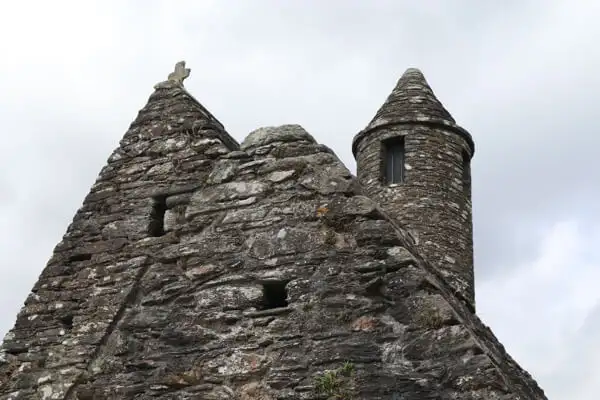
The one-lens-approach for travel
Travel zooms are zooms that cover a wider range of focal lengths than standard kit zooms, i.e. from wide-angle to well into the telephoto range. They are a good choice for many situations when travelling and for many amateur travel photographers they are the only lens they will ever need.

The faster travel universal zooms are around 24-105mm f4 in full format, 16-70, f4 for APSC or 12-40 for MFT. They are usually of high quality, but also heavy and not cheap. Less expensive and of mid-range quality are often slower zooms with even larger ranges, such as a 28-200mm f2.8-5.6 or a 24-200mm f3.5-6.3. In the APSC range we are then at around 18-135mm and in the MFT range at 12-60mm or similar.
A two-lens-approach for travel
Travel zooms usually extend further into the telephoto range than into the wide-angle range. However, you can easily combine them with a fast ultra-wide-angle zoom, for example a 17-28mm f2.8 and a 28-200mm 2.8-5.6 in full-frame format, a 10-18mm f2.8 and an 18-135mm f3.5-5.6 for APSC or a 9-18mm f2.8 and a 12-60mm f2.8-4 for MFT.
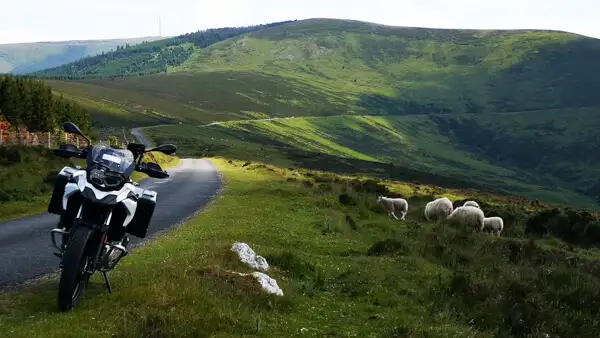
This gives you a small travelling combination that covers a very wide focal length range. Personally, this is exactly what I chose for my APSC camera.
What about bokeh-shots?
This refers to the ability to shoot with a wide-open aperture and thereby create a blurred foreground or background. And for all the advantages that zooms have, they are usually not good at this.
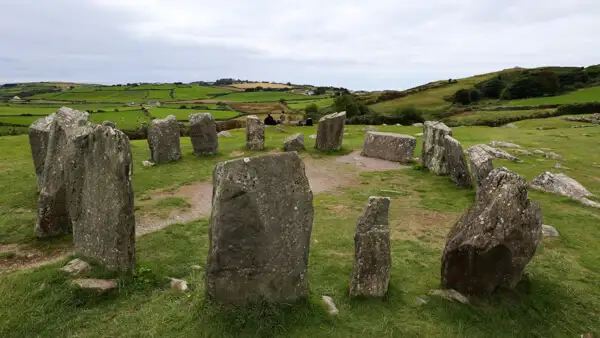
There are lightweight and fast normal lenses for most cameras, which are often very inexpensive and are well suited for the occasional portrait or bokeh photo when travelling. This brings us back to the ‘Nifty-Fifty’, the 50mm f1.8 for full frame, or analogue 33mm f1.4 for APSC or 25mm f1.7 for MFT.
You can also use a 50mm f1.8 full-frame standard lens for an APSC camera. Then it looks like a light telephoto, which is a good choice for portraits. With Sony, Nikon or Canon cameras this works without any problems.
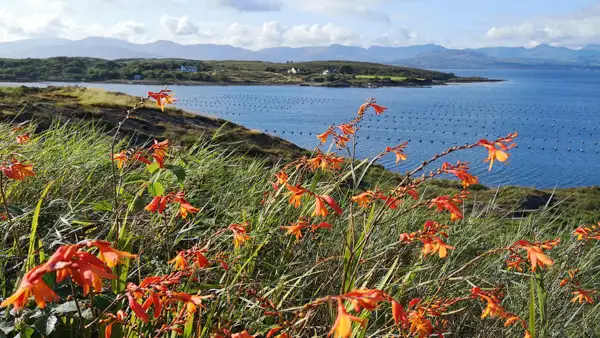
Conclusion
Buying a kit zoom together with the camera is not a mistake because of the generally good price-performance ratio and the medium focal length range.
Try it out and then you can decide whether you want to buy additional lenses. This will probably lead you to the travel trinity, i.e. the standard zoom supplemented by a telephoto zoom and a wide-angle zoom.
If you prefer faster speeds when travelling, then buy a fast standard zoom right away and add to it later as you wish.
You can get a wider zoom range with a travel zoom.
If you know that you want to combine two lenses, then take a travel zoom and a wide-angle zoom, for example.
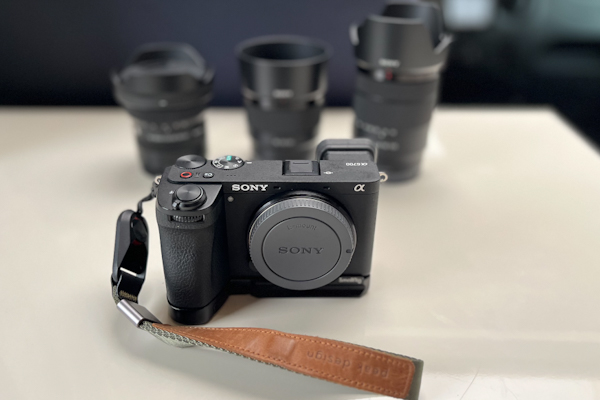
You can supplement any combination later with a fast fixed focal length, such as the ‘Nifty-Fifty’.
Or you can make a completely different decision…:-)
More interesting articles for you
Affordable travel cameras for beginners
Basic technical know how for your travel camera
Which (first) camera to buy for travel photography?
WHAT EXACTLY IS TRAVEL PHOTOGRAPHY?
Cover picture: Lenses (Photo: Ulrich Knüppel-Gertberg)